In a post on Truth Social on Thursday night, Trump claimed that the advertisement – which shows Reagan, a fellow Republican, speaking negatively about tariffs as an economic policy – was “fake”. He cited comments by the Ronald Reagan Foundation that described the clip of the former president used in the commercial as doctored.
Recommended Stories
list of 3 itemsend of list
Trump also said the advertisement was aimed at influencing US courts.
“Based on their egregious behavior, ALL TRADE NEGOTIATIONS WITH CANADA ARE HEREBY TERMINATED,” Trump wrote.
Why is the advertisement creating tensions between the US and Canada? Here’s what we know:
What was the advertisement aired by Ontario?
On October 14, Doug Ford, the premier of Ontario, said his province would spend 75 million Canadian dollars (US$54m) to run anti-tariff advertisements on mainstream channels in the US.
Ford has been a critic of Trump’s tariff policy, and Ontario, known for its steel industry, has been severely hit by the US levies. Ontario is home to more than a third of Canada’s population and the country’s biggest city, Toronto.
On October 16, Ford posted the ad on his X account and said Canada will “never stop making the case against American tariffs”.
The minute-long advert features remarks by Reagan from a national address in April 1987 about free and fair trade. In that speech, Reagan spoke of tariffs he had recently imposed on Japan, at the time a major economic rival, before arguing that such duties were at best a short-term fix.
“When someone says, ‘Let’s impose tariffs on foreign imports,’ it looks like they’re doing the patriotic thing by protecting American products and jobs. And sometimes, for a short while, it works, but only for a short time,” Reagan is heard saying in the ad. His remarks play over visuals like the New York Stock Exchange, farm fields and cranes featuring US and Canadian flags.
“Over the long run, such trade barriers hurt every American, worker and consumer,” Reagan says.
“High tariffs inevitably lead to retaliation by foreign countries and the triggering of fierce trade wars. … Markets shrink and collapse, businesses and industries shut down and millions of people lose their jobs,” Reagan adds.
It’s official: Ontario’s new advertising campaign in the U.S. has launched.
Using every tool we have, we’ll never stop making the case against American tariffs on Canada. The way to prosperity is by working together.
Watch our new ad. pic.twitter.com/SgIVC1cqMJ
— Doug Ford (@fordnation) October 16, 2025
According to Canadian media reports, Ford calls himself a fan of Reagan, and his office said the anti-tariff ad will appear on US platforms like Bloomberg and Fox News by the end of October. His office added that the advertisement seeks to target Republican voters in the US who will understand the impact of tariffs when they hear the former president’s voice.
Is the advertisement fake?
In a post on X late on Thursday, however, the Ronald Reagan Presidential Foundation & Institute, which advances Reagan’s legacy and principles, said the advert by Ontario was edited.
“The ad misrepresents the Presidential Radio Address, and the Government of Ontario did not seek nor receive permission to use and edit the remarks,” the institute said in the post, which included a link to Reagan’s original address.
The institute did not explain how exactly the speech was misrepresented but added that it was reviewing legal options to deal with the matter.
Al Jazeera reviewed the text of the original speech as it appears on the website of the Ronald Reagan Presidential Library & Museum. It includes all the statements Reagan is heard saying in his radio address.
But the comments in the advertisement don’t appear in the same sequence as Reagan’s speech. Instead, Ford’s team appears to have patched together different sections of Reagan’s speech to make their argument stronger and make it flow better.
For instance, in the advertisement, Reagan is heard saying about tariffs: “And sometimes, for a short while, it works, but only for a short time. Over the long run, such trade barriers hurt every American, worker and consumer. High tariffs inevitably lead to retaliation by foreign countries and the triggering of fierce trade wars. Then the worst happens: Markets shrink and collapse, businesses and industries shut down, and millions of people lose their jobs.”
In the actual address, Reagan made the comment about trade barriers hurting Americans in the long run in the introductory part of his speech. He talked about how tariffs help only for a “short time” much later in the speech. The comment about retaliatory steps taken by other countries comes in a different segment of the speech.
And the sentence about markets shrinking and millions losing their jobs comes in yet another part of the address.
Although Reagan’s original comments appear to have been edited and spliced together by the Ontario premier’s team, the advertisement appears sincere to the thrust of Reagan’s message – that tariffs, if wielded as an economic weapon, must be used only sparingly and for a short time, or they can hurt Americans.
Listen to President Reagan’s unedited remarks here: https://t.co/1gQUcbR4eZ pic.twitter.com/iqmjSuypp0
— Ronald Reagan Presidential Foundation & Institute (@RonaldReagan) October 24, 2025
Why has Trump ended trade talks over the ad?
Trump said the advertisement is Canada’s way of trying “to interfere with the decision of the US Supreme Court, and other courts”.
After entering office in January, Trump imposed tariffs on imports from many countries around the world, saying he sought to punish countries with whom the US runs trade deficits, raise US government revenues and rebuild US manufacturing.
His administration initially imposed a 25 percent tariff on most Canadian goods, exempting only products covered by a free trade agreement that exists between Canada, the US and Mexico from Trump’s first term.
Then in August, Trump raised the tariffs on Canada to 35 percent, alleging that Ottawa was not doing enough to stop the flow of fentanyl into the US. The Canadian government in July, however, pointed out that “the volumes of fentanyl moving from Canada into the US are negligible.” The government noted that according to data from US Customs and Border Patrol, since 2022, “about one tenth of one percent of fentanyl seizures are attributed to the Northern US Border or crossing into the US from Canada.”
Besides tariffs, the US president has also repeatedly threatened to annex Canada. In February, he said if Canada became the 51st US state, it would help Canadians. “The people would pay much less tax than they’re paying right now. They’d have perfect military protection,” he told reporters in Washington, DC, while signing a memorandum on tariffs.
Negotiations between Canada and the US to secure a trade deal had been going on for months. The Ontario advertisement also comes at a time when the US Supreme Court is poised to decide on the legality of Trump’s global tariffs regime in November. An appellate court had earlier declared them illegal. If the top court finds that Trump does not have the power to implement such tariffs, then the US government might have to refund companies who have been paying the customs duties since they came into effect.
Besides Canada, Chinese officials have also shared Reagan’s 1987 tariffs speech on social media after Trump announced the penalties on several countries in April.
What does this mean for future US-Canada trade?
Canadian Prime Minister Mark Carney and Ford have not yet commented on Trump’s announcement on Thursday of ending trade talks over the Reagan advertisement.
Ian Lesser, a distinguished fellow and head of The German Marshall Fund of the United States (GMF)’s Brussels office, said Trump’s reaction to the advertisement is likely as much about his highly personalised approach to international policy as it is about trade policy.
“The US-Canada relationship is enormously important to both sides in economic, security and people-to-people terms. The current friction and highly negative atmosphere is unprecedented for a relationship of such structural importance,” he told Al Jazeera.
“It is partly about policy differences on trade and regulatory matters, but it is increasingly about a strident style and its effect on Canadian public opinion,” he said, adding that public opinion in Canada has turned very negative towards the US and Trump.
“This creates an environment in which the discourse between Washington and Ottawa is also very much about domestic politics, especially on the Canadian side,” he added.
Moreover, this is not the first time trade talks between Canada and the US have stalled.
On June 27, after Canada announced it was going to impose its Digital Services Tax (DST) on US firms, Trump called the Canadian tax a “direct and blatant attack”. He further wrote on his Truth Social platform: “Based on this egregious Tax, we are hereby terminating ALL discussions on Trade with Canada, effective immediately.”
Canada’s Digital Services Tax Act came into effect in June 2024, and under it, Canada could charge a tax of 3 percent on the digital services revenue a firm makes from Canadian users above 20 million Canadian dollars (US$14.6m) in a calendar year.
Just two days after Trump’s announcement, Canadian Finance Minister Francois-Philippe Champagne said in a statement that Ottawa would rescind the DST on US companies to support trade negotiations with Washington.
Canada is among the top US trading partners, and more than 77 percent of Canada’s exports go to the US. According to the Office of the US Trade Representative, US goods and services trade with Canada totalled US$909.1bn in 2024.
But US tariffs have particularly affected Canada’s steel and aluminium sector.
“In areas where we compete, we have to come to an agreement that works,” Carney told journalists after a meeting with Trump at the White House this month as he sought to achieve a trade deal and reduce tariffs on Canadian goods.
Any such agreement now looks distant.

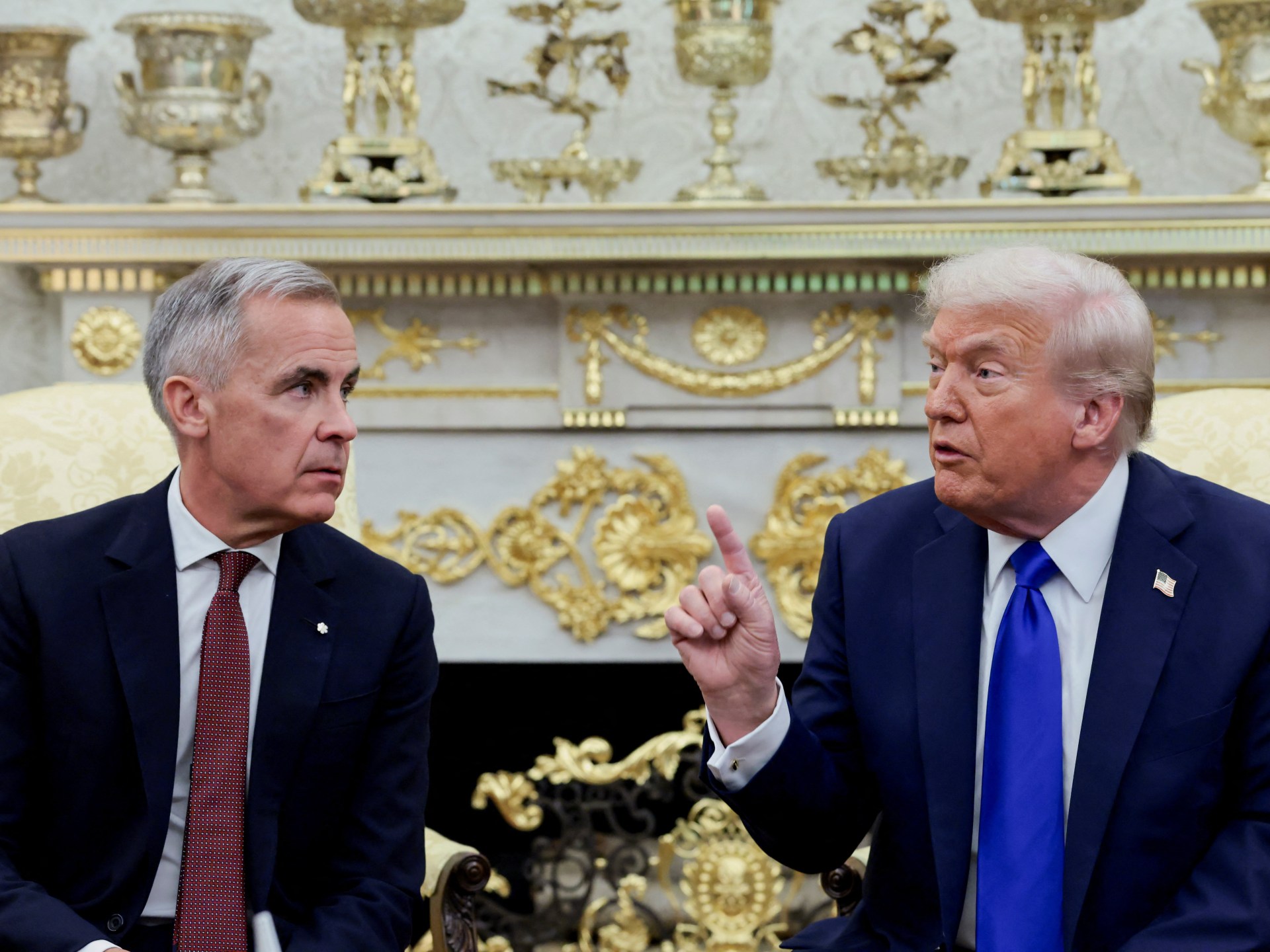
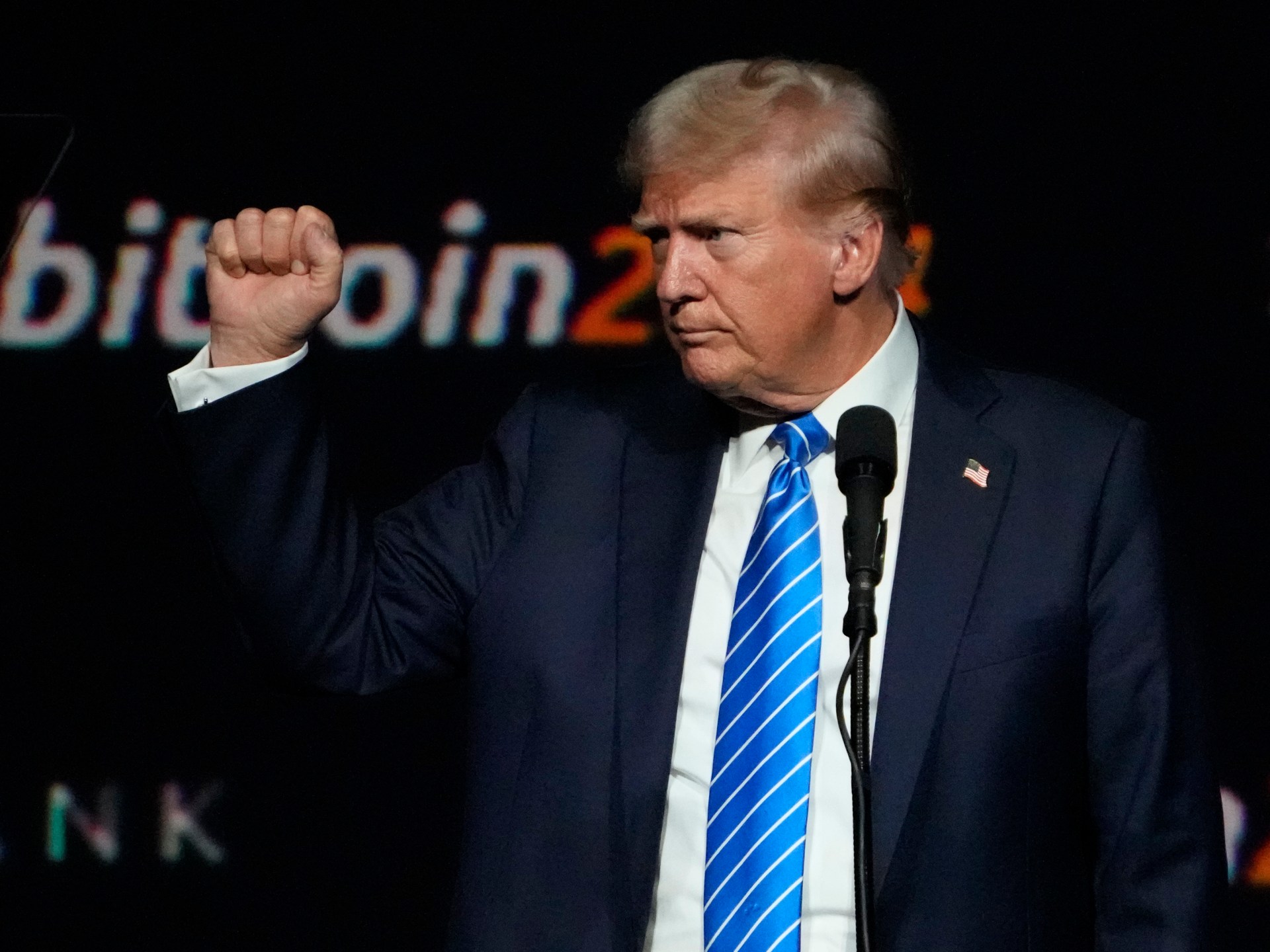

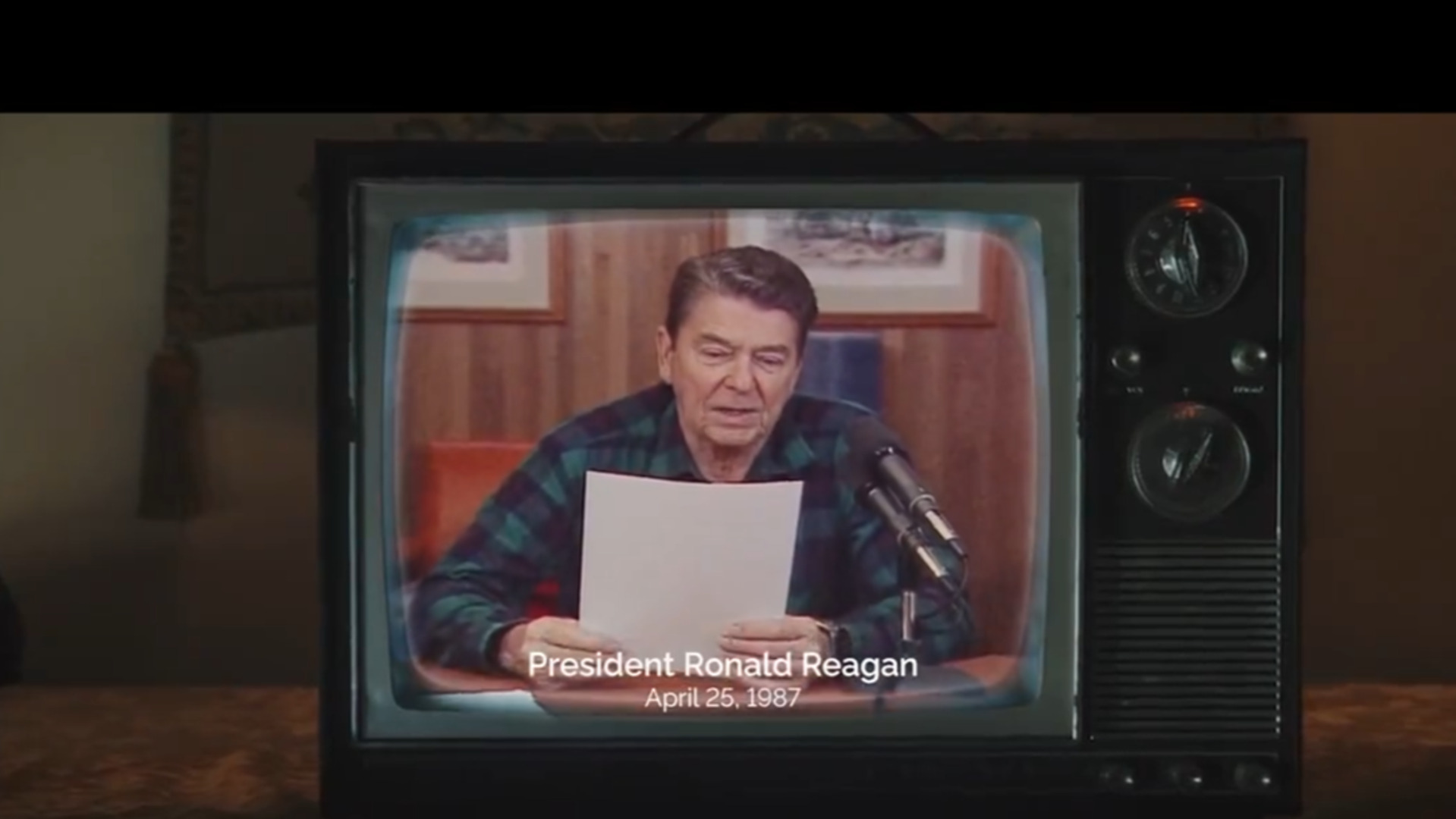

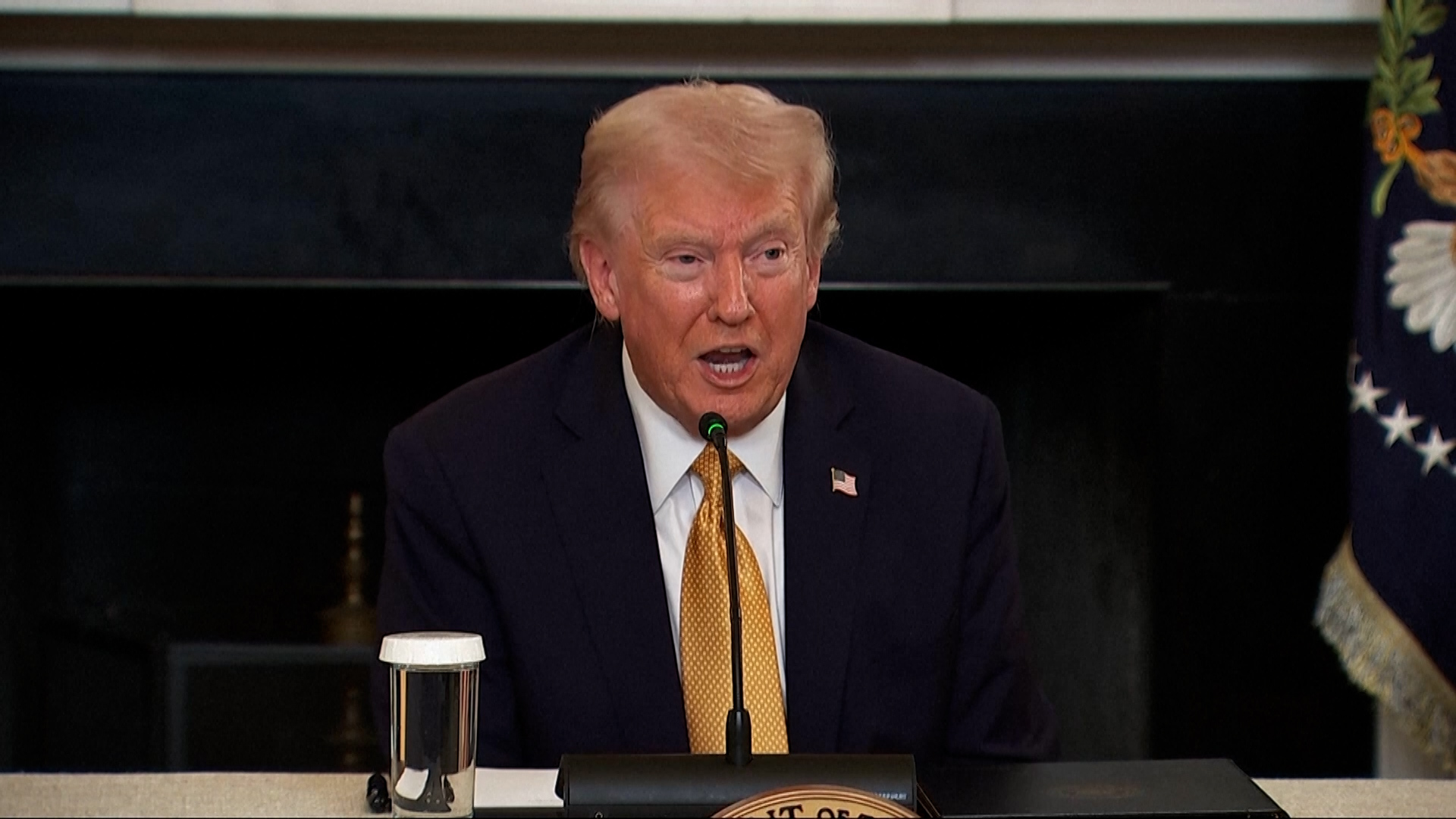

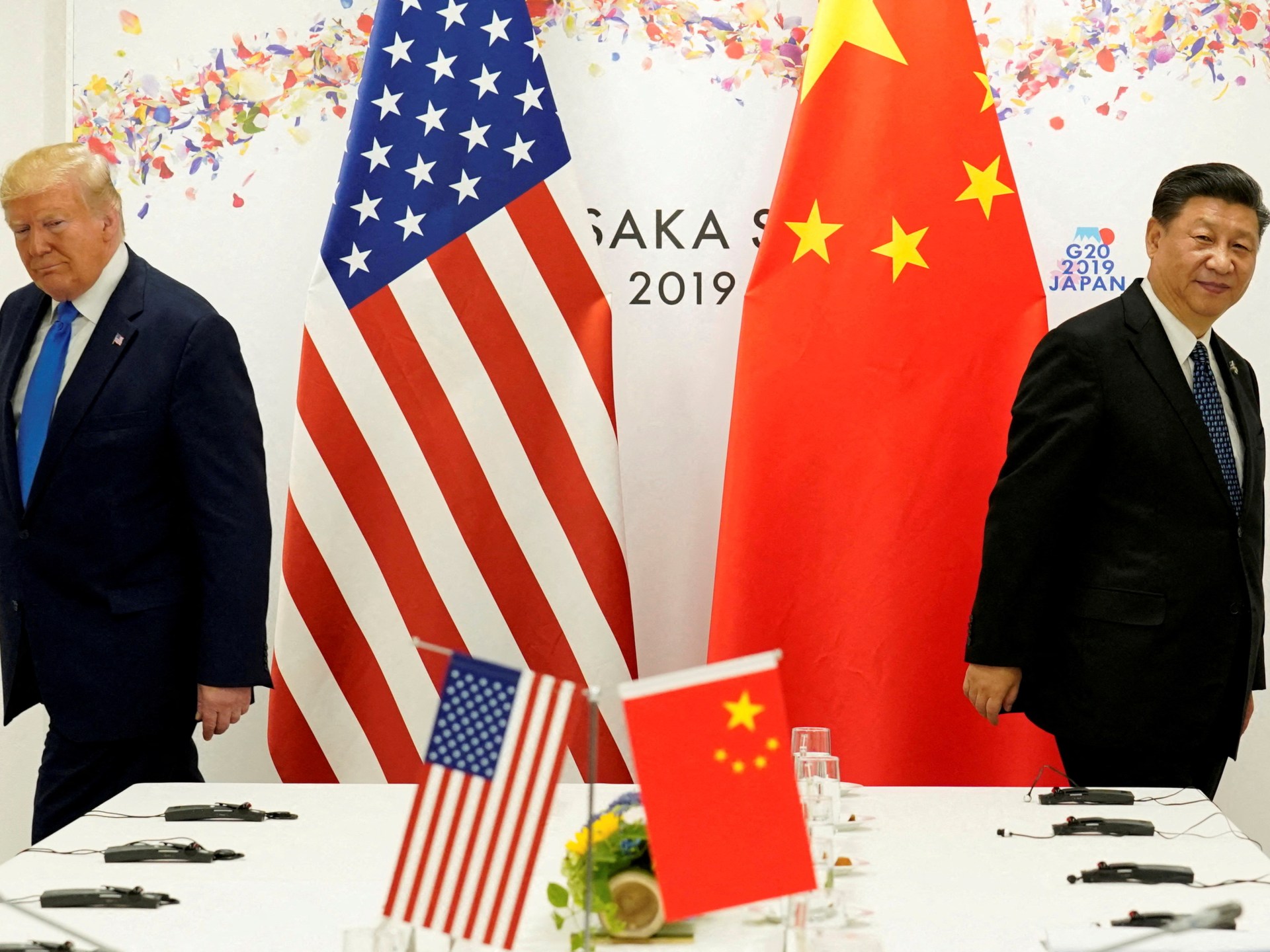


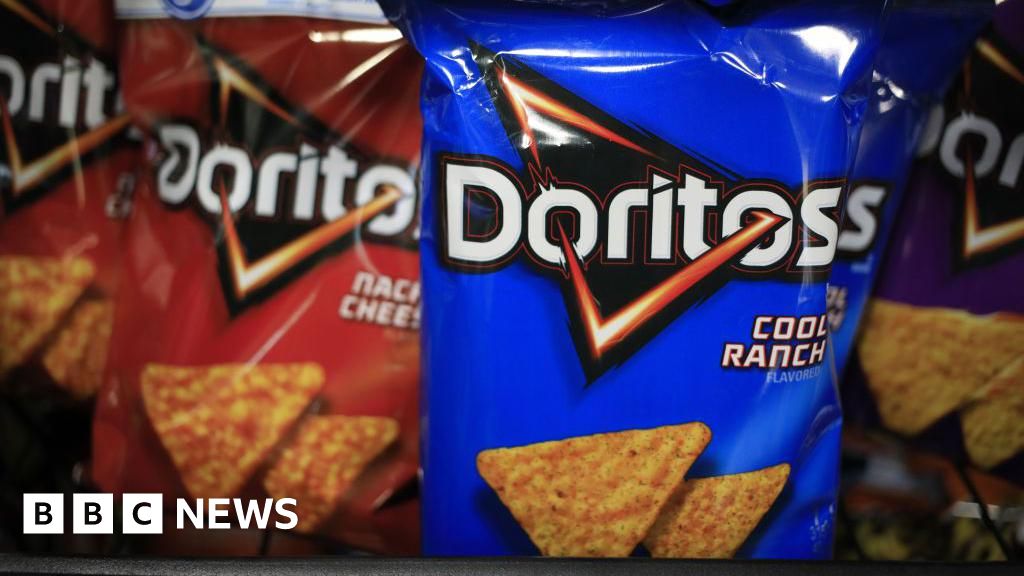

Leave a Reply